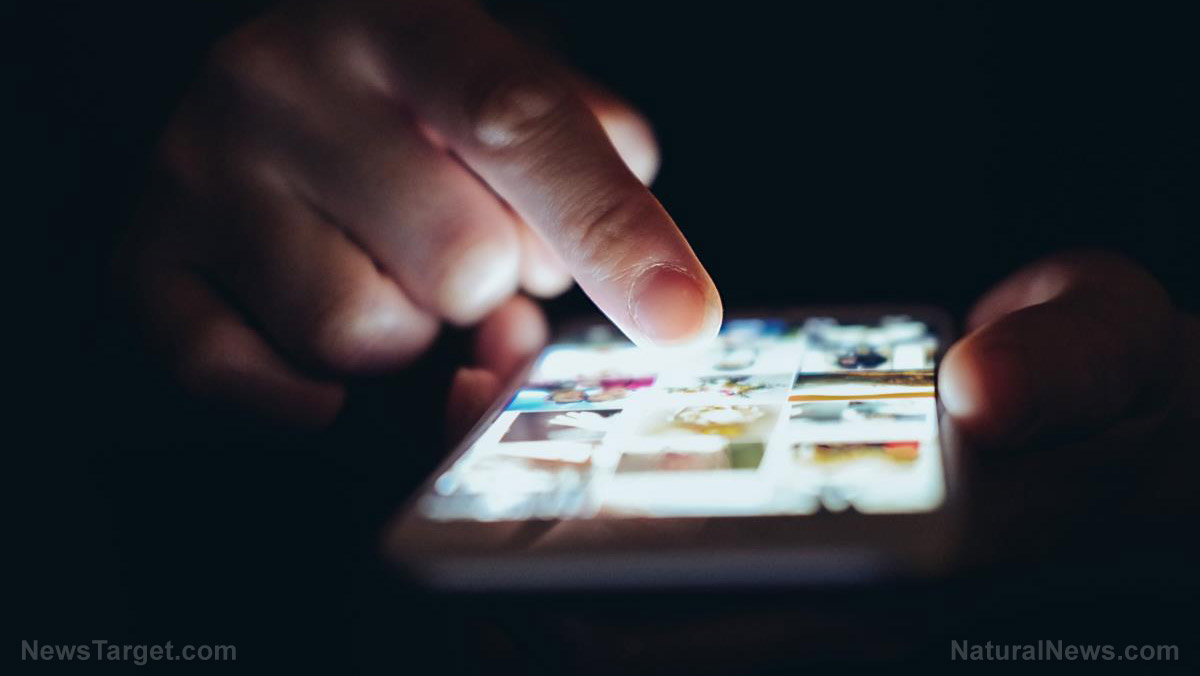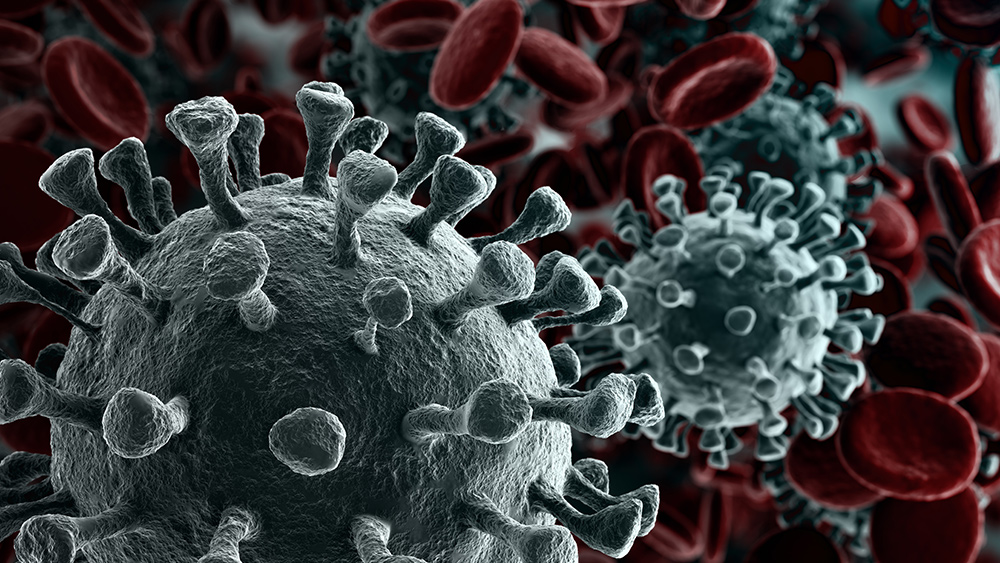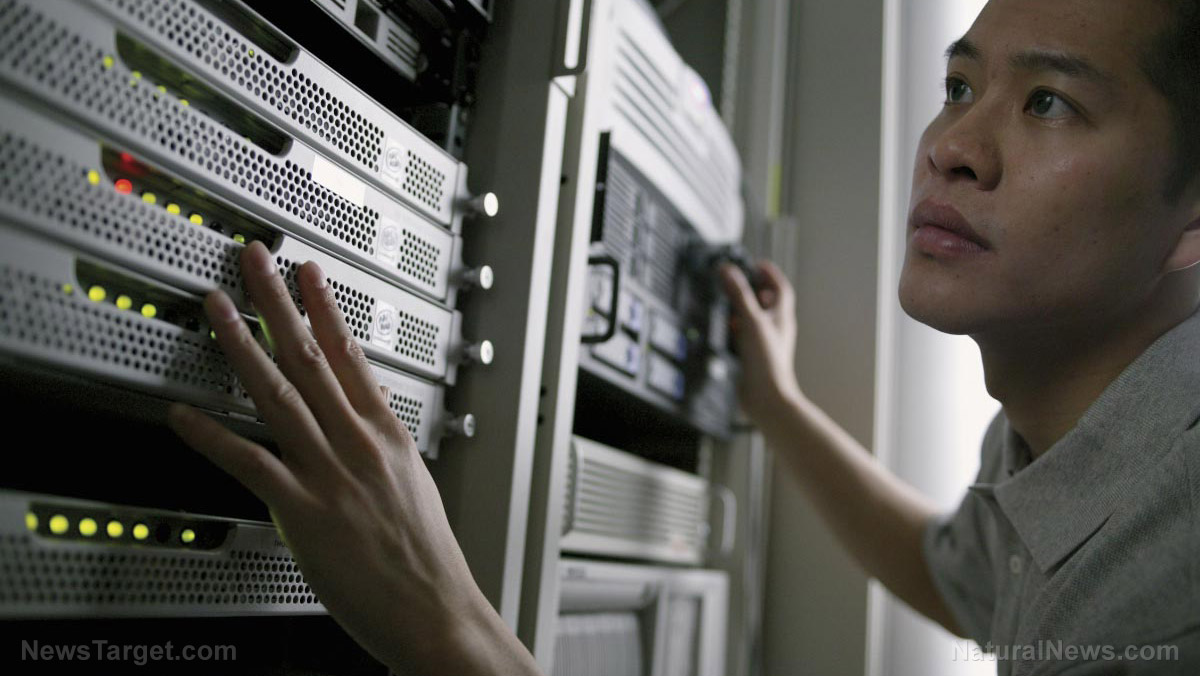AT&T’s Project AirGig makes sure you can never avoid being blasted by radiation
05/08/2020 / By Ralph Flores

Project AirGig is an AT&T-led initiative that promises to deliver fast internet service by using existing power lines. According to Hank Kafka, vice president for access architecture and standards at AT&T, while Project AirGig is still under development, the company is working with vendors and technology partners to make the initiative a complementary technology to 5G.
Aside from 5G, AirGig will also be designed to support a range of wireless transport technologies, including LTE. Currently, AirGig uses a radio distributed antenna system (RDAS) to reconstruct signals for both multigigabit mobile and fixed deployment. In addition, mmWave surface wave launchers will allow the device to operate using inductive power devices, which can work without an electrical connection.
Once AirGig is installed on a power line, the high-speed signal it produces will travel along or near the wire and provide broadband connection.
In a statement, AT&T said that it hopes AirGig will eradicate the need to build new towers and goes on to say: “Using AirGig patented technology, we would install devices to provide high-speed broadband which can be clamped on by trained electrical workers in just a few minutes.”
To date, AT&T has over 500 patents and applications for AirGig.
Technology makes 5G inescapable
Project AirGig also brings a number of caveats with it. According to the nonprofit group Children’s Health Defense (CHD), the technology, if it is allowed to roll out, could saturate the environment with close-proximity, high-intensity radiation. In a statement, the group warned that more people will experience the immediate health impacts of wireless radiation.
“AirGig will saturate our environment—every inch of it—with close-proximity, high-intensity radiation. The few relatively safer areas that still exist will quickly disappear,” the group said.
Multiple studies have found that exposure to microwave radiation from wireless networks and devices can lead to negative health outcomes, ranging from lack of sleep to altered DNA expression. In fact, some people suffer from electromagnetic sensitivity (ES), where they can feel wireless devices and transmitters. Those with ES exhibit biochemical reactions once exposed to microwave signals, and some even show symptoms such as memory problems, skin rashes, nosebleeds and fatigue, among others.
In his study, Ronald Kostoff, a research affiliate at Georgia Tech, wrote that most of these studies were done in laboratory settings, indicating that real-world impacts could be worse.
“What has been reported is the tip of the iceberg of the full spectrum of potential adverse effects from wireless radiation,” he wrote in his paper. (Related: Brussels halts 5G deployment indefinitely: 5G project, says authorities, not compatible with radiation safety standards.)
For many researchers, the advent of 5G, which uses higher frequencies and requires far more towers, is a cause for concern as initial studies revealed its potentially damaging effects on both plants and animals. Many scientists have already warned that the Federal Communications Commission‘s current guidelines fail to include long-term outcomes from exposure.
Despite the findings, the federal regulator is unmoved, saying that it finds “no appropriate basis” to amend its existing guidance for microwave radiation exposure. In response to the pronouncement, CHD and other concerned groups have filed a lawsuit against the agency. In the lawsuit, the groups claimed that the FCC’s decision is “capricious, arbitrary, non-evidence-based and an abuse of discretion.”
“It had to keep it open if it wanted to proliferate wireless technology and 5G,” said Dafna Tachover, lead attorney for CHD. “But if they had to review the evidence they would find they couldn’t proliferate this technology.”
5Galert.com has more stories on the dangers of 5G on health and the environment.
Sources include:
Tagged Under: 5g, badtech, cell towers, dangerous tech, dangerous technology, disease causes, EMFs, health risks, magnetic pulses, microwave radiation, mobile devices, Public Health, radiation, wireless tech
RECENT NEWS & ARTICLES
COPYRIGHT © 2017 5GALERT.COM
All content posted on this site is protected under Free Speech. 5Galert.com is not responsible for content written by contributing authors. The information on this site is provided for educational and entertainment purposes only. It is not intended as a substitute for professional advice of any kind. 5Galert.com assumes no responsibility for the use or misuse of this material. All trademarks, registered trademarks and service marks mentioned on this site are the property of their respective owners.
















